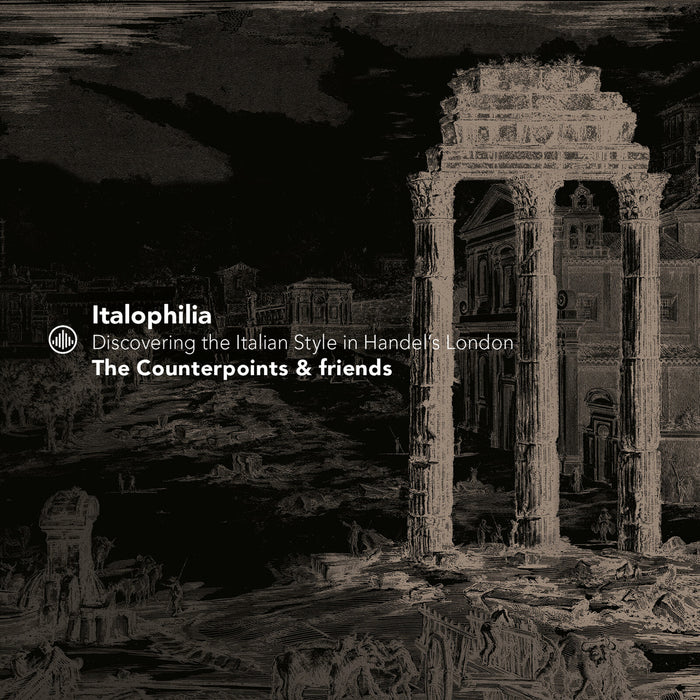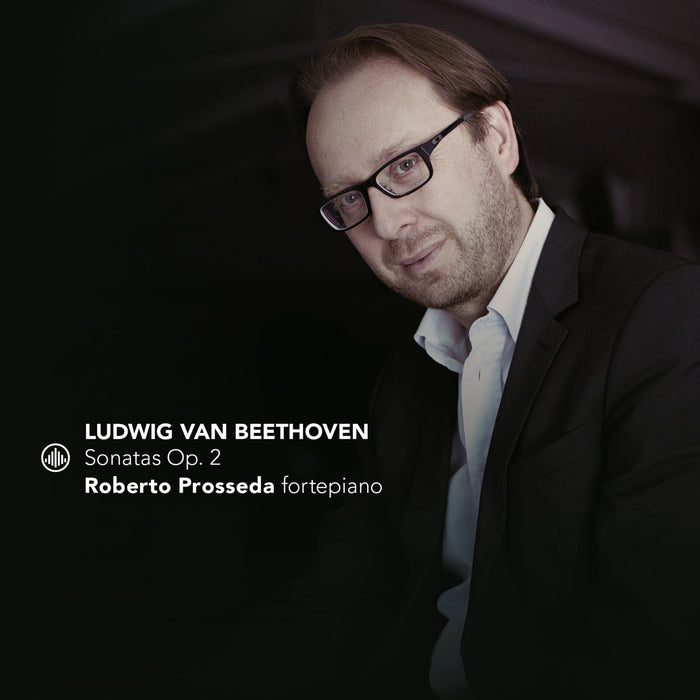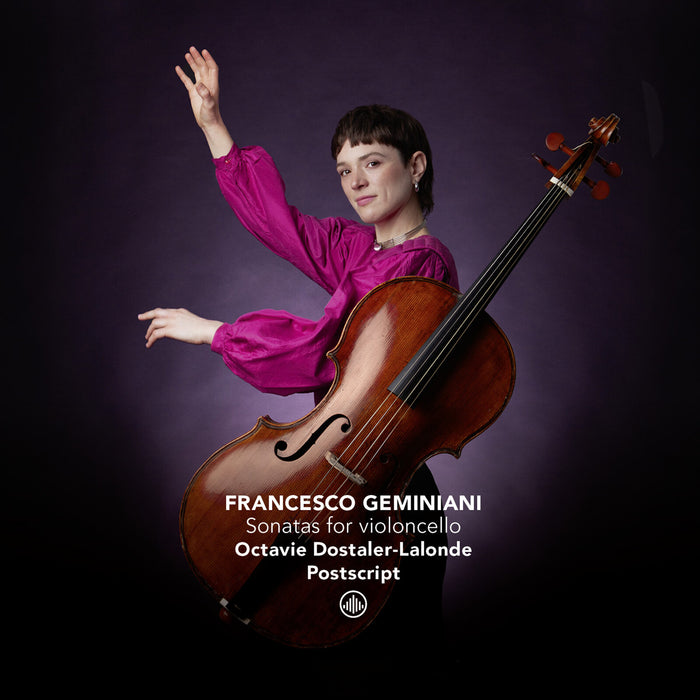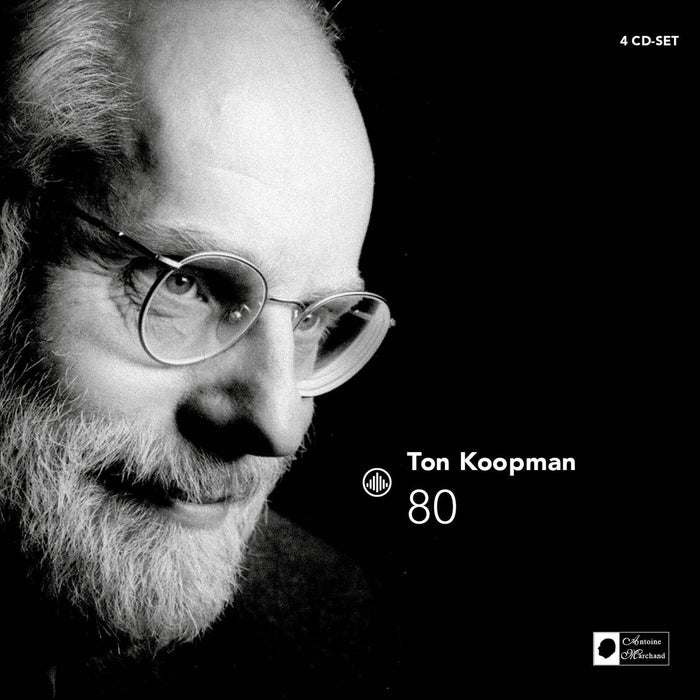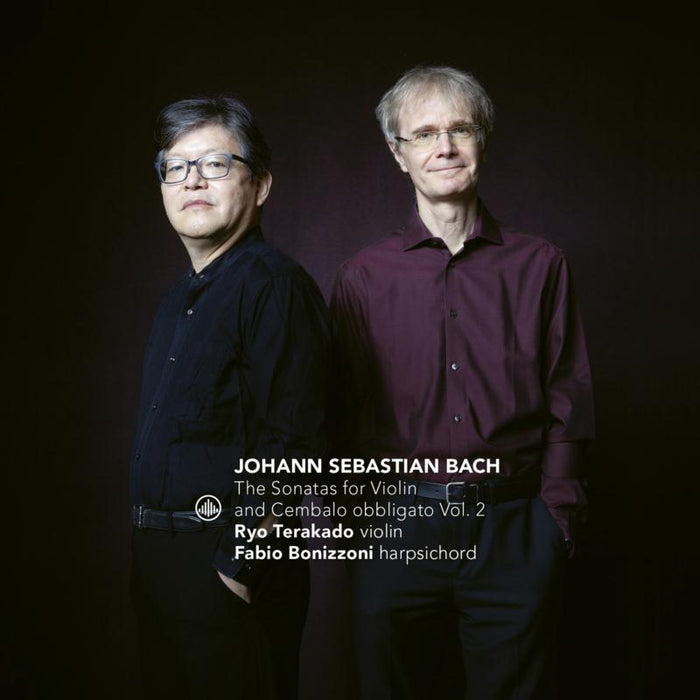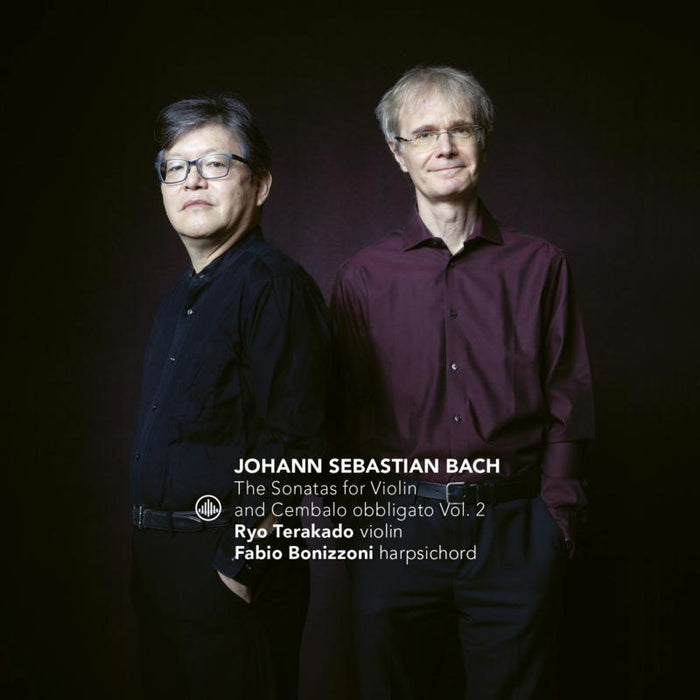Description
A superb account of J S Bach's Sonatas for Violin and Cembalo obbligato by Ryo Terakado and Fabio Bonizzoni.
Johann Sebastian Bach developed a new style, cembalo obbligato, where the right hand of the keyboard plays as a melody instrument and is given the same importance as the violin, flute or other solo instrument. His sonatas for melody instrument and keyboard instrument include works for flute, violin, and viola da gamba. It seems that the obbligato style interested him more than the traditional continuo role for the keyboard. As for the violin, there are two sonatas written with basso continuo and six with harpsichord obbligato. Among these works, the six sonatas in particular were conceived as a set, with a consistent style and a well-considered key distribution. This set is one of the highlights in the catalogue of Bach's chamber music. Bach's son Carl Philippe Emmanuel Bach writes to Bach's first biographer, Johann Nikolaus Forkel, in 1774: "The 6 clavier [and violin] trios...are amongst the best works of my dearly beloved father. Even now they sound very good and give me many delights, regardless of the fact that they are over fifty years old."
The key distribution is somewhat symmetric and this suggests that Bach intended these as a set of pieces for violin, comparable to his unaccompanied sonatas and partitas for violin. Additionally, with the exception of Sonata No. 6, this set of works all follow the church sonata style.
Ryo Terakado: My first performance with Fabio was in 2019. We had been colleagues at the Royal Conservatoire in The Hague for a long time, but we had never actually performed together in concert. We discovered immediately that we shared a common musical language and approached our music similarly, and the collaboration was tremendously successful and rewarding. We now feel that our ensemble as a duo is sufficiently mature that it is our pleasure to present to you these fruits of our collaboration. Bach is a delight in our life.


